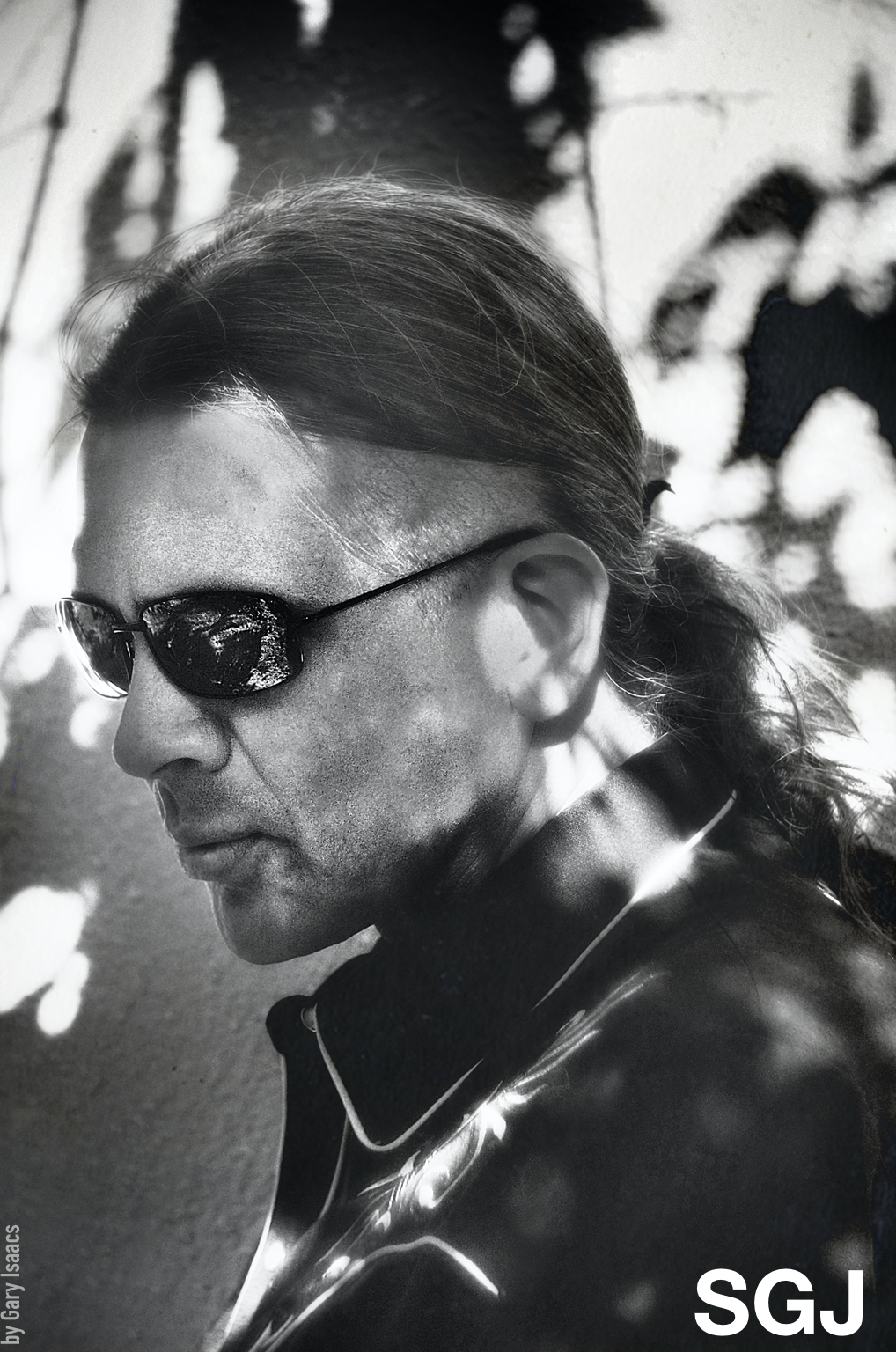
Man, went into Drive fully prepared for Steve McQueen to be powershifting through the city, fully psyched for that chase scene from Ronin to get dilated out to ninety minutes, was ready for some Gone in 60 Seconds (the remake) fun, so long as it didn’t get as goofy as The Fast and the Furious(es) or xXx. To Drive’s credit, too, it never even approaches that level of stunt-ridiculousness. But still, it’s called “Drive,” right? An imperative sentence, not just a description. I mean, Drive Angry, say—in that, Nicholas Cage really does drive angry, doesn’t he? And in Crash, there’s a crash. And, yes, in Drive, there is some cool driving, but it’s not the centerpiece, it isn’t what the story’s shaping itself around.
As it should be.
No, what Drive is arranging itself around is Ryan Gosling’s nameless character, a carburetor priest of a stuntman who moonlights as getaway driver for whoever’s got the money, and, though the movie opens with his voice, it’s minutes before we hear it again. So, yeah, that’s some easy to remember dialogue, I guess—at least to this non-actor that’s what it seems like—but, too, that’s not to say Gosling’s not communicating the whole time, with grins, lookaways, his toothpick, his posture, all of it. It’s that kind of meaningful silence you always get from the gunfighter who just wondered into town, is now having to set things right. Which is pretty much the case here (thumbnail: this driver’s got a crush on his neighbor, signs onto a bad idea stick-up to help her and her kid and her ex-con husband, which you don’t need a decoder ring to know isn’t going to work out very well for anybody involved).
And, as for the story, sure, Drive’s trying hard to be The Town, and maybe not quite making it—where The Town feels grand and epic, Drive’s small and contained—but it’s also drawing on that old Thief (Caan), and seems to be trying to set itself apart from The Transporter, Crank, Smoking Aces, The Mechanic, that whole set. Though maybe it is kind of looking across the fence at The Machinist, say. In the best possible way. What Drive’s doing that most stories with action hooks don’t bother with is it’s giving each character in here his or her own set of desires, which nudges the story this way and that, such that it feels organic, natural, never contrived. I usually don’t notice the camerawork unless it’s bad, either, but, here, it’s so tight, so well done—director Nicholas Winding Refn is able to build so much tension just with these lingering response shots. It almost feels ‘lingery’ like you get in arthouse stuff, except Refn always turns away at the last (best) possible moment. Very, very nicely done.
And, yes, one character can save a story, as we saw with Bill Murray in Zombieland. This time, though, it’s not a cameo, and, better yet, it’s Albert Brooks, of all people. One of the reviews I skimmed (Denver Post, maybe?) calls Brooks’ presence in Drive a bit of ‘inspired casting,’ and I agree. I mean, Drive’s got Ron Perlman, it’s got Bryan Cranston, and of course there’s Ryan Gosling wearing the goofiest driving shoes I think I’ve ever seen (so we know he’s committed to driving . . . ), but Albert Brooks steals everything, and, unlike Gosling’s driver, he doesn’t have to keep quiet, can go on and on, which he can do better than anybody.
So, yeah, Drive’s worth the price of admission, and, no worries, it’s not so low-key that you space out, go somewhere better in your head. No, Drive keeps you watching, it just chooses to do it with investment in character and story instead of stunts. Kind of a rare feat for something with wide release and a title’s that, like Snakes on a Plane, is both pitch and synopsis. Sometimes it works, though. Get the right people together and a good thing can happen every now and again. Drive’s one of those good things.

 is the NYT bestselling author of 30 or so books, +350 stories, some comic books, and all this stuff here. He lives in Boulder, Colorado, and has a few broken-down old trucks, one PhD, and way too many boots. More
is the NYT bestselling author of 30 or so books, +350 stories, some comic books, and all this stuff here. He lives in Boulder, Colorado, and has a few broken-down old trucks, one PhD, and way too many boots. More